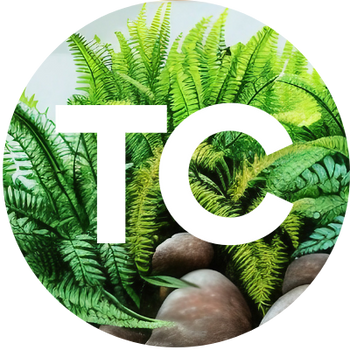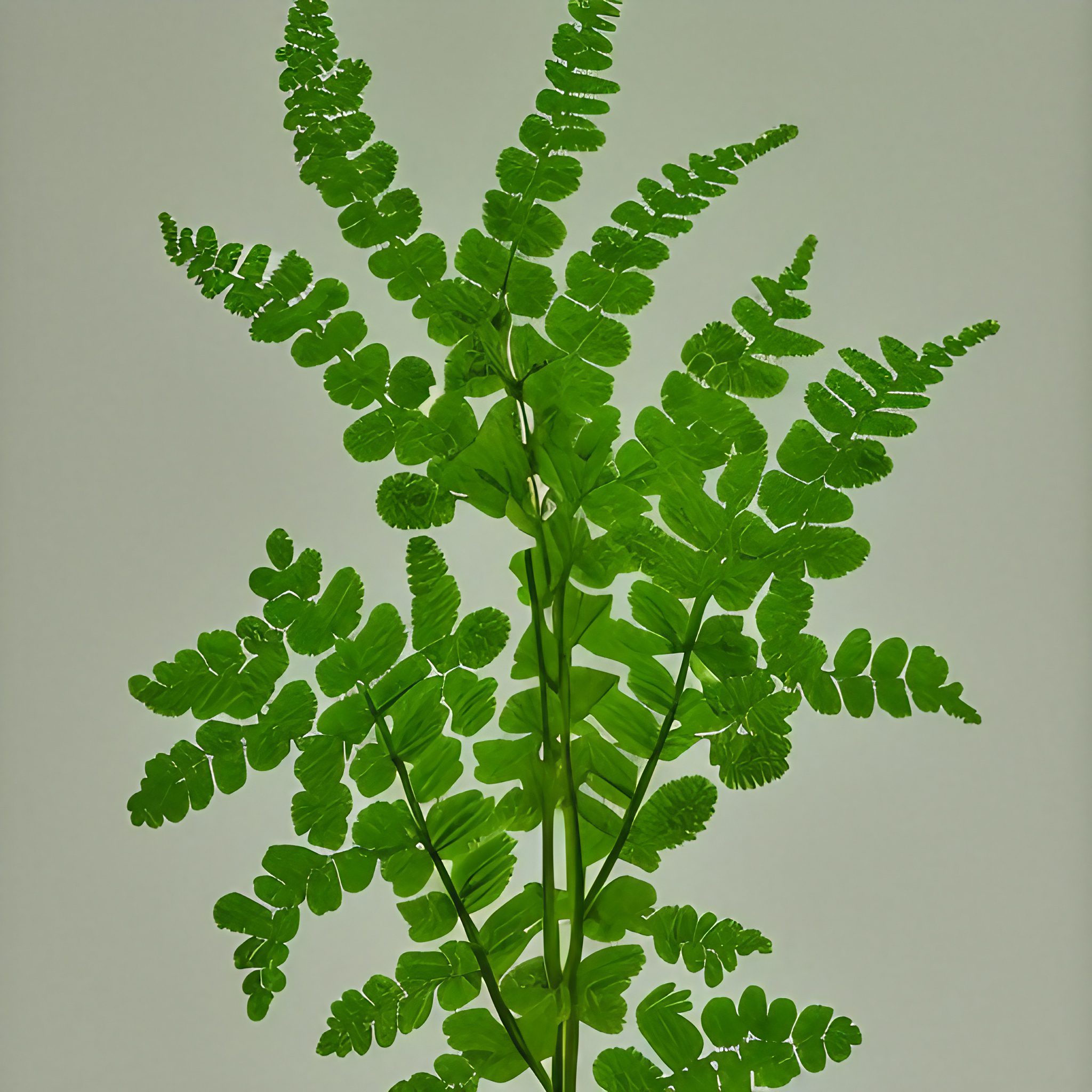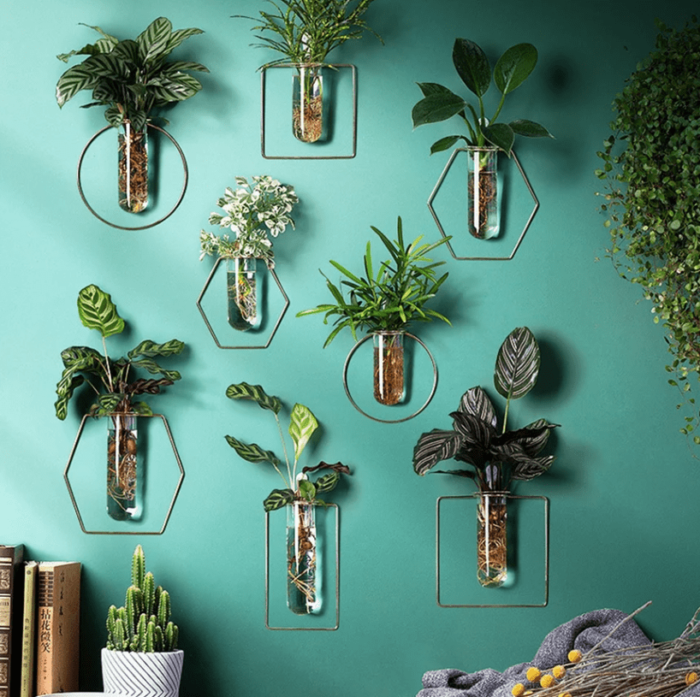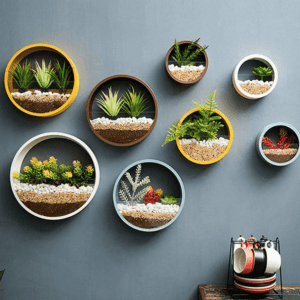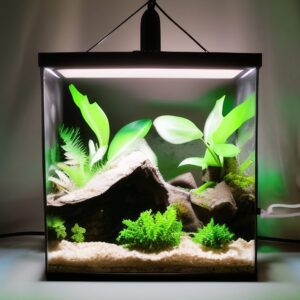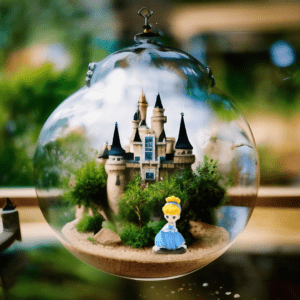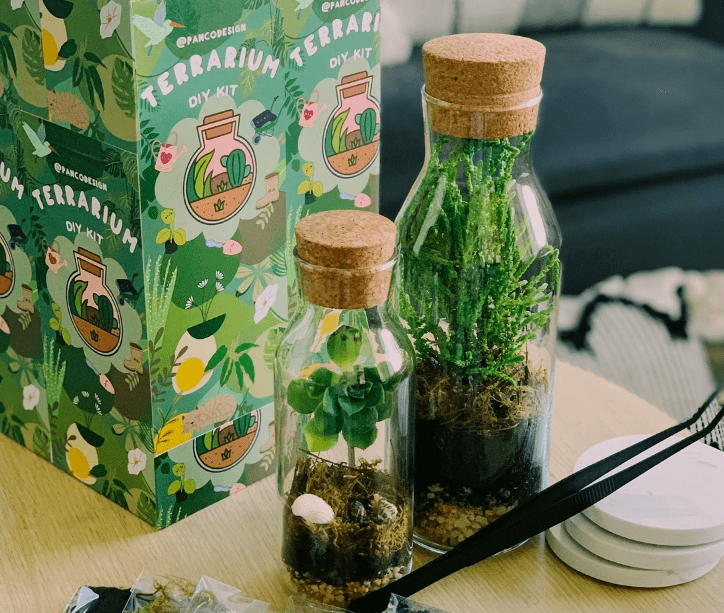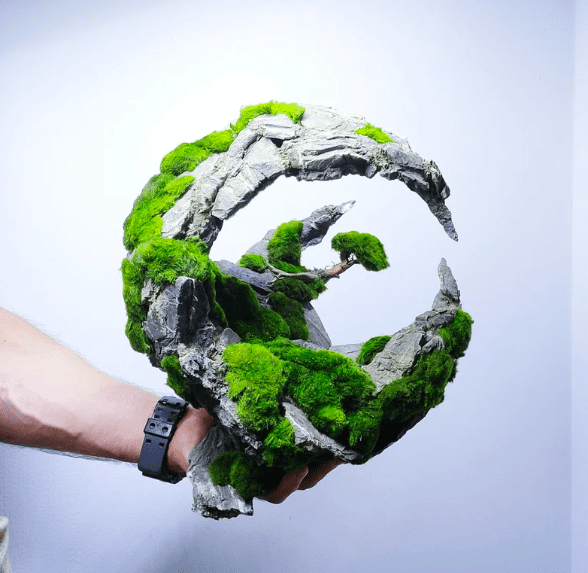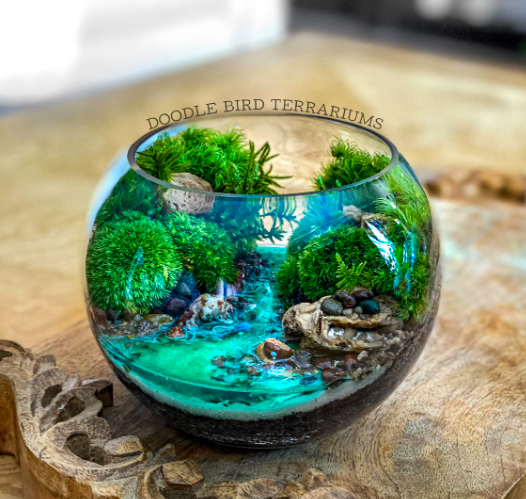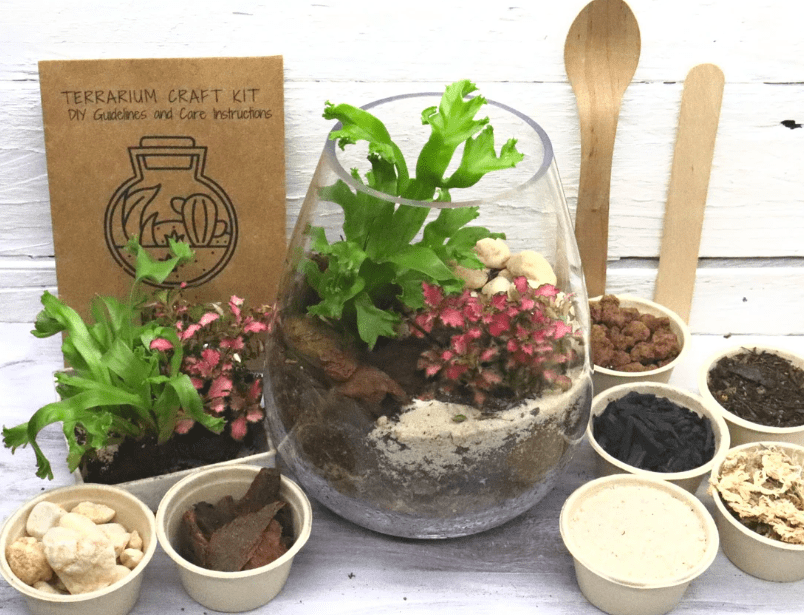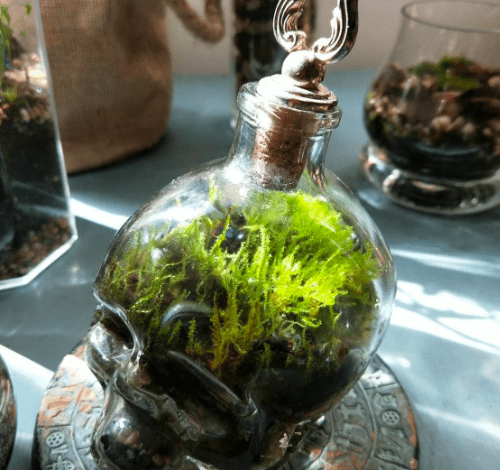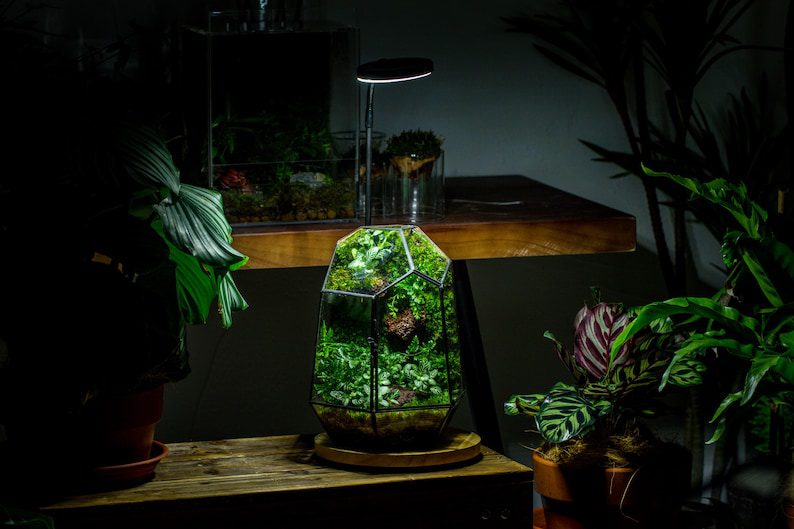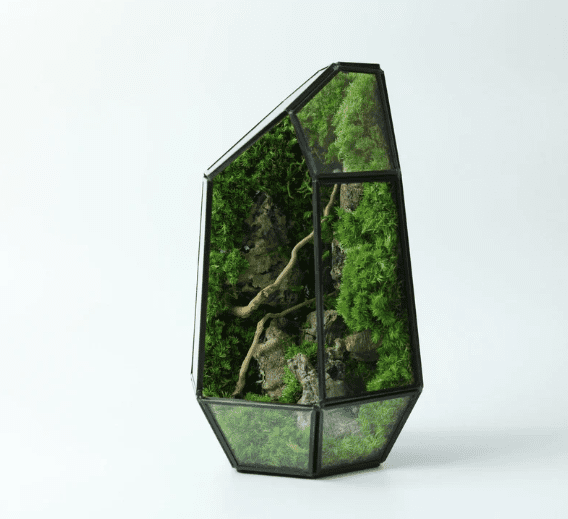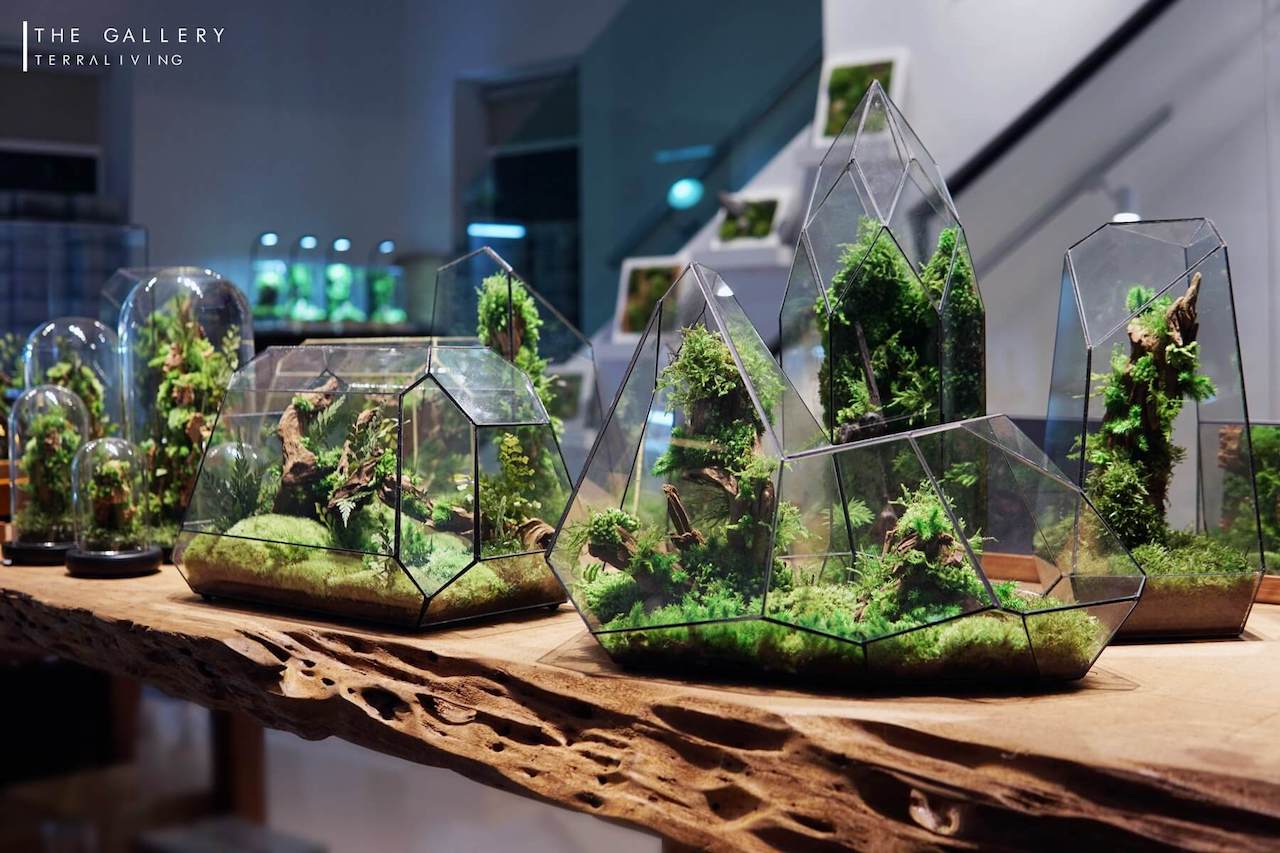Lemon Button Ferns, or Nephrolepis cordifolia ‘Duffii’, are a type of small fern with soft, lacy leaves that give off a lemon-like aroma when touched. These delicate plants make for an ideal choice for terrarium gardening, as they require relatively little maintenance and care.
Lemon Button Ferns – Caring for Lemon Button Ferns in Terrariums
Learn how to care for Lemon Button Ferns in terrariums and as a house plant. Lemon Button Ferns, or Nephrolepis cordifolia ‘Duffii’, are a type of small fern with soft, lacy leaves that give off a lemon-like aroma when touched. These delicate plants make for an ideal choice for terrarium gardening, as they require relatively little maintenance and care.
Where to Buy: Etsy > | Amazon > | eBay >
Care Guide for Lemon Button Ferns plants in Terrariums
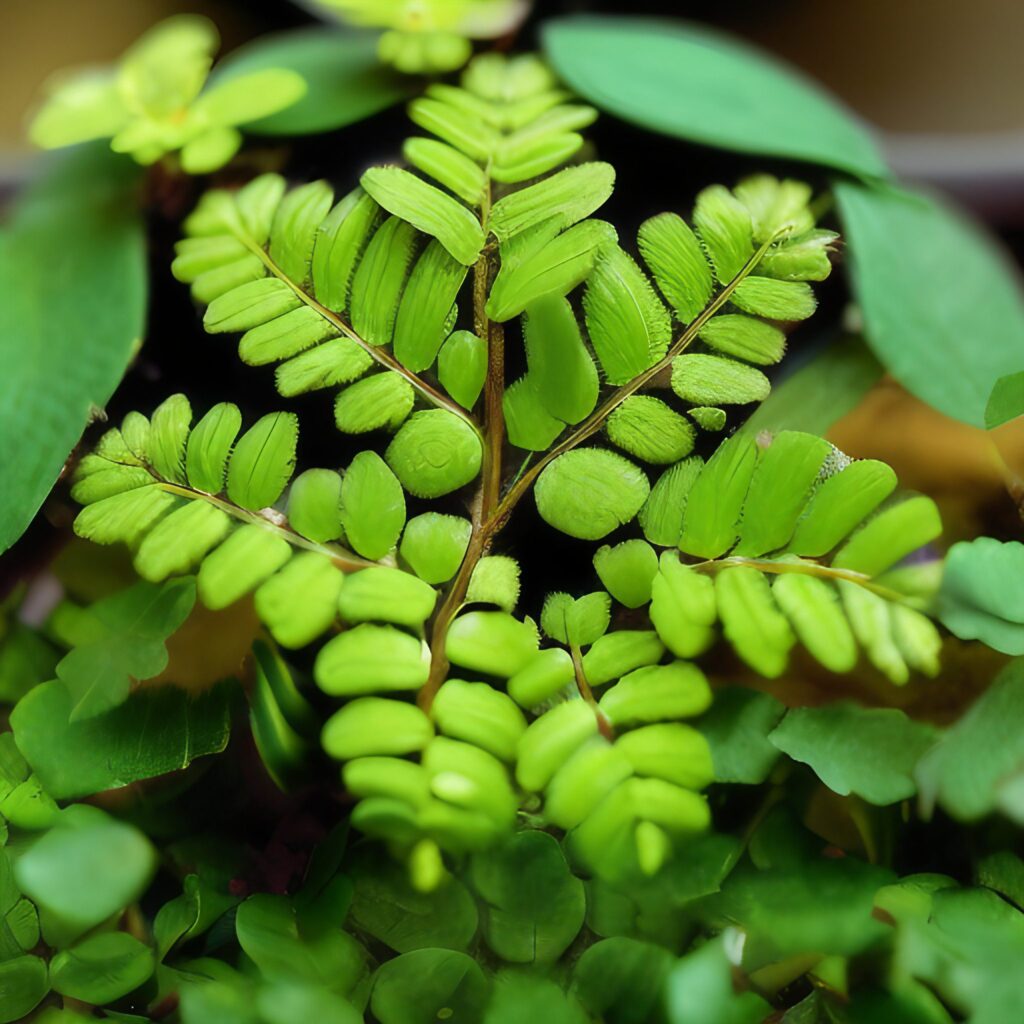
Plant Family
The plant family of Lemon Button Ferns is called Nephrolepidaceae. This family includes plants with evergreen, delicate fronds that have a lacy appearance. They are often distinguished by their unique aroma, which is sometimes described as having a lemon scent. These plants typically grow in tropical and subtropical regions and have an affinity for
The scientific name for Lemon Button Ferns is Nephrolepis cordifolia ‘Duffii’.
Common Names
The common names for Nephrolepis cordifolia ‘Duffii’ include Lemon Button Ferns, Lemon Lace Ferns, and Sword Ferns. These common names are derived from the plant’s unique characteristics, such as its lacy foliage and citrusy scent. Another nickname for this type of fern is “button fern,” which refers to the tiny, round leaflets which appear on some of its stems.
Origin
Lemon Button Ferns are native to tropical and subtropical regions of South America, Central America, the Caribbean, Africa, and parts of Southeast Asia. They have also been introduced to areas such as Australia, New Zealand, India, Hawaii, and Florida.
Flowering
Lemon Button Ferns do not flower, so there are no flowers to be seen when caring for them in terrariums. However, they do produce clusters of small, round leaflets which may be mistaken for flowers. These leaflets appear on some of their stems and can range in color from light green to brown. They are very small in size and do not produce any nectar or pollen.
Foliage
Lemon Button Ferns have delicate, lacy foliage with long, thin fronds that branch off in several directions. The fronds are usually a bright green and may feature some yellow spots at their tips. They can grow up to two feet tall
Height and Growth
Lemon Button Ferns can grow up to 2 feet tall and have a growth rate of about 1 inch per week.
Temperature Requirements for Lemon Button Ferns in Terrariums
Lemon Button Ferns prefer warm, humid environments and therefore it is best to keep them in terrariums kept between 16-28°C (60-82°F). It is important to maintain a consistent temperature since sudden changes can lead to stressed plants. While this temperature range is ideal for Lemon Button Ferns, they will also tolerate temperatures as low as 10°C (50°F).
Humidity Requirements for Lemon Button Ferns in Terrariums
Lemon Button Ferns thrive in humid environments and require a humidity level of at least 60%, but ideally 80% or higher, when growing inside a terrarium. The ideal humidity range for these ferns is between 65-85%. To maintain the ideal humidity levels, it is best to mist the leaves lightly once a day and ensure
Soil and Growing Medium Requirements for Lemon Button Ferns in Terrariums
Lemon Button Ferns require well-draining soil with a slightly acidic pH of around 5.5-6.5. A soil mix of peat moss, perlite, and vermiculite is ideal for this type of fern and
The soil pH requirements for Lemon Button Ferns in terrariums should be slightly acidic, with a range of 5.5 to 6.5. While this range is ideal, these ferns can tolerate a slightly wider range of 4.5 to 7.0 if needed. It is important to maintain the optimal soil pH level to
Lighting Requirements for Lemon Button Ferns in Terrariums
Lighting requirements for growing Lemon Button Ferns in terrariums will vary depending on their location. In the wild, they typically grow in semi-shaded areas and so they will require lower levels of light than those grown in direct sun. However, they do need bright, indirect light to thrive indoors. This can be achieved by placing the terrarium in an area with at least 6-8 hours of indirect sunlight per day.
Watering Requirements for Lemon Button Ferns in Terrariums
Watering Lemon Button Ferns in terrariums is essential for keeping them healthy and thriving. It is important to keep the soil moist but not soggy, as too much water can lead to root rot and other diseases. The best way to determine when to water is to feel the soil with your finger. If it feels slightly dry to the touch, it is time to water. It is also important to note that these ferns prefer humid environments and should be misted regularly with lukewarm water.
Fertilizing Requirements for Lemon Button Ferns in Terrariums
Lemon Button Ferns require regular fertilization in order to stay healthy and grow properly. During their active growth period (spring and summer), they should be fertilized with a balanced liquid fertilizer every 2-4 weeks. During their dormant period (fall and winter), they should be fertilized every 4-6 weeks. It is important to note that the fertilizer should not come into contact with the foliage of the fern as this can cause burning.
Propagation
Propagating Lemon Button Ferns is relatively easy and can be done by division or from spores. The best time to propagate is during the early spring or summer months when the plant is actively growing.
Division is the most common method for propagating Lemon Button Ferns. Start by removing the fern from its pot and gently tease the root system apart into two or more sections. Each section should have at least 2-3 healthy fronds with an established root system. Once divided, plant each section in separate pots filled with well-draining soil and water regularly.
Common Problems
When growing Lemon Button Ferns in a terrarium, one of the most common problems to look out for is root rot. This can occur if the soil becomes too waterlogged from over-watering or from poor drainage. To prevent this from occurring, it is important to ensure that the soil is well-draining and not overly saturated.
It is also important to watch out for pests such as mealybugs, aphids, and scale insects. These pests can cause damage to the foliage of the fern if left unchecked. If you notice any signs of pest infestation, it is best to treat them immediately with an appropriate pesticide or insecticidal soap.
Summary
Lemon Button Ferns are a great choice for terrariums because they thrive in humid environments and require low levels of light. They can be propagated by division or from spores, and are relatively easy to care for. The most common problems that occur when growing Lemon Button Ferns in terrariums are root rot and pest infestation. These can be prevented by ensuring the soil is well-draining and not over-watered, and by regularly misting the fern with lukewarm water.
Where to Buy Lemon Button Ferns
Lemon Button Ferns can be purchased online or at a local garden nursery. When looking online, there are three great places to search: Amazon, Etsy, and eBay. All three websites offer a wide variety of plants for sale. You can also find Lemon Button Ferns at your local garden nursery. Check the nursery’s website or call ahead to see if they have Lemon Button Ferns in stock.
Find Lemon Button Ferns on Etsy >
Find Lemon Button Ferns on Amazon >
Find Lemon Button Ferns on eBay >
Looking for more terrarium plant ideas? Check out our Terrarium Plant Library >
